
views
- Get out a piece of paper and write your topic in the center. This can be a single word or sentence.
- Then, write down any words and ideas that relate to your topic. Circle them and then draw lines or arrows to connect them to the topic.
- Label each bubble idea according to where it fits into your paper. This can be a specific paragraph or a general section, like the introduction.
Generating Your Map
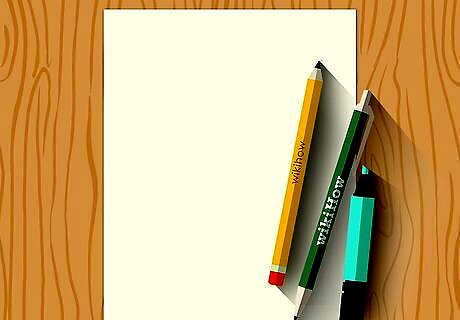
Set up your supplies. You will need a piece of paper, a writing utensil, and some colored pencils or markers. Pull out a few of the colored pencils or markers and assign meaning to a few of them. For instance, you may say that orange is for topics you need to research further, a green marker is for an essential point, purple is for counterarguments, and yellow is for supporting examples. Lay out the colored markers or pencils to which you have assigned meaning. Orient your paper so that it is in landscape position. If you don't have colored pencils or markers, don't worry. You can still make a mind map with just a pen or pencil!
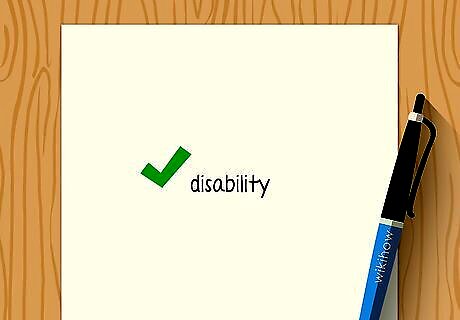
Write your topic in the center of the page. This can be just a word or two, or it can be the thesis you have already decided on. If you are writing about disability advocacy, for example, you could either write "Disability" or you could write "Disability is a socially and environmentally imposed issue rather than an inherent physical reality." It just depends where you are in your thinking! Circle your topic.
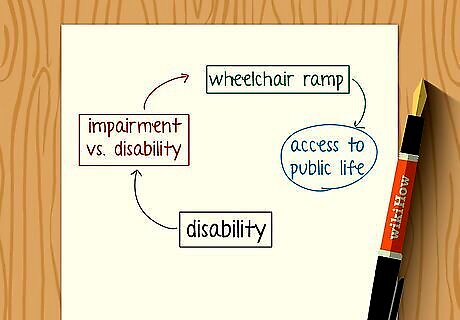
Write down your associations. Start writing any words or ideas that relate to the topic at hand. Draw them each in their own bubble, then draw lines to connect them to the main idea and to each other using the colors that apply. You can draw your lines as arrows, branches, or whatever other shape seems relevant. Each thing you write down may give you another association. Write that down as well. For instance, writing "Impairment vs. disability" might remind you of "wheelchair ramps." Try to cluster related thoughts together ("wheelchair ramps"—"access to public life"), but don't worry if it doesn't always happen—you can draw a line between things you wish to connect. Look for connections between your unrelated thoughts and jot them into the picture.
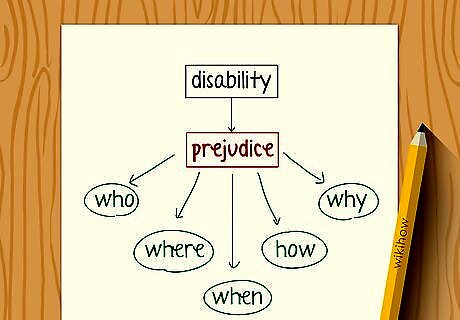
Draw empty bubbles if you're stuck. If you would like to take a more organized approach, you can pre-map your ideas. You might draw several bubbles and label them "Who" "What" "Where" "When" "How" and "Why," for instance. Then fill them in. You might also label them "supporting argument," "evidence," "counterargument" etc.
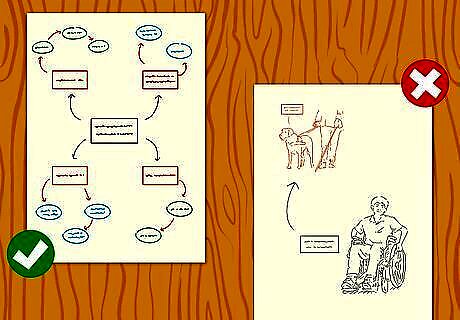
Sketch, don't draw. Work swiftly so that your associations keep flowing. Don't pause to illustrate or trace perfectly straight lines—instead, try to write and sketch quickly, at the speed of your associations. Include doodles if they occur to you, but again, don't get caught up in making them perfect. Depending on your age and essay topic, you might want to focus more on drawing pictures than writing out words.
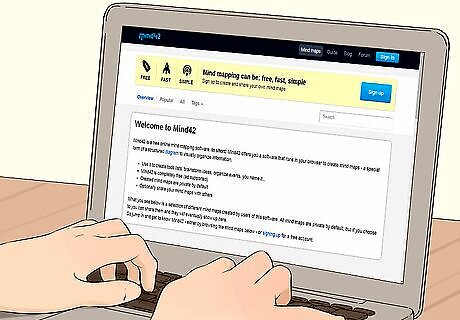
Use an online template instead. Some people type faster than they draw, or think better if they can look at an already organized structure. If drawing by hand isn't doing it for you, you can try an online template instead. While there are plenty of programs available for purpose, you can also use free online mapping tools like Bubble.us, Mind42, or Coggle.
Organizing Your Map for Writing
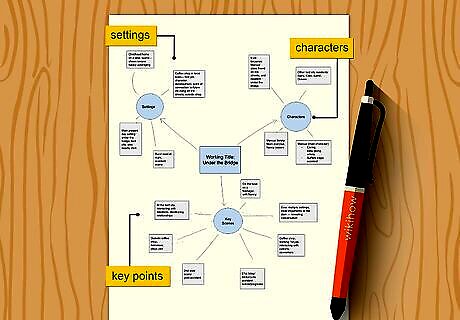
Label your map. Once you have a map, think about the way the ideas will fit into your paper. Label the bubbles according to the section of your paper they belong to. If you have to write a certain number of paragraphs, you can organize your bubbles into paragraphs. If you are thinking more about arguments and counterarguments, you can organize your map into those instead. Add details as you go. For instance, you may write some of the sources you are planning to use to the sections of your essay to which they apply.
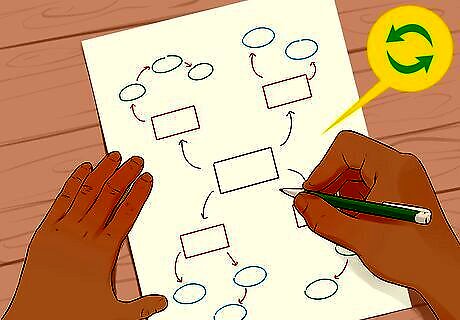
Redraw the map if it gets messy. If you have gone through many revisions as you drew, and it's hard to read the map, redraw it with all associated ideas grouped together into the sections of your paper. If you do this, you can start by drawing bubbles for the sections and continue by filling in the thoughts and associations. You can also organize your revised mind map into bubble for topic sentences that branch into smaller bubbles for supporting arguments and evidence. Once you've done this, you practically have a rough draft of your paper.
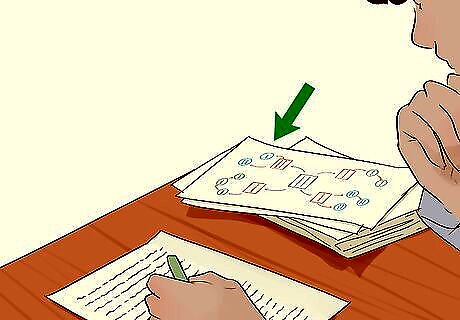
Keep your map by your side as you write. Referring to your map, type up the main ideas and supporting ideas that you have now organized. Group them into several lines each, separated by a space. These will become the paragraphs or sections of your essay. Start each paragraph with a sentence that introduces the ideas of that paragraph, and write until you have incorporated all the information for that section. If you end up adding things that weren't on your map, look at your map to check that they fit, and consider penciling them in. One of the virtues of the map is that it keeps you on topic. Make sure you're not cramming too many points from your mind map into a single paragraph.
















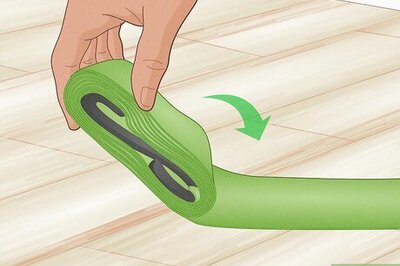
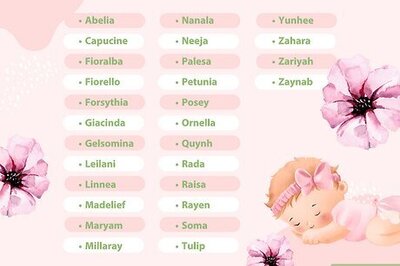

Comments
0 comment